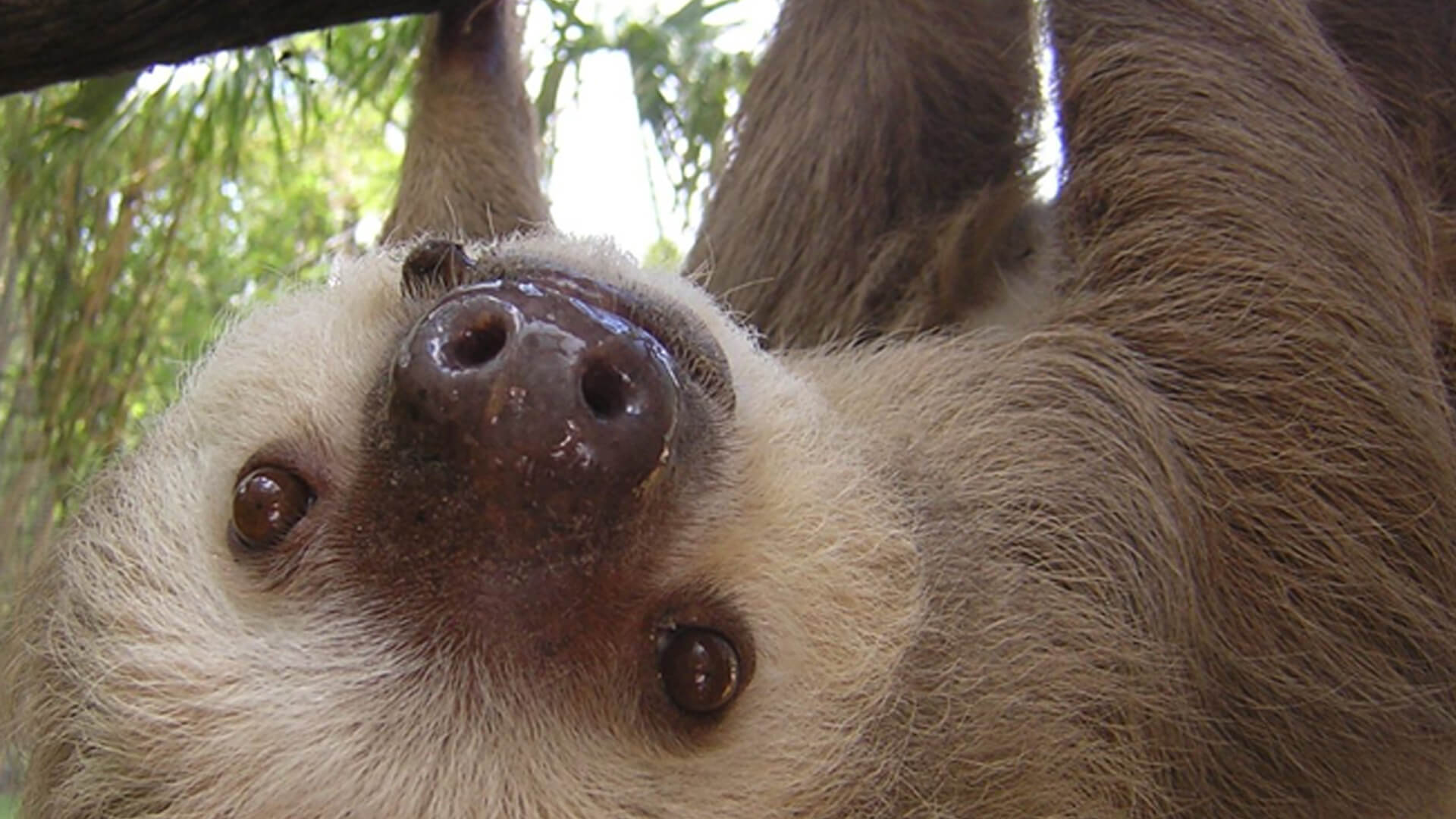

Sloths do not like the cold as they cannot raise their own body temperature metabolically Instead they are completely reliant on the environmental conditions, and their core temperature can fluctuate over 10☌ during the course of a single day! If they get too cold, the special microbes that live in their stomachs can die, and the sloth can no longer digest the leaves that it eats. Unlike most mammals, sloths have sacrificed the ability to control their body temperature in order to save energy.
#SLOTH EARS FULL#
They can starve to death on a full stomach In two-fingered sloths, this over-sized stomach is supported by 46 ribs (23 pairs) which is more than any other mammal! Two-fingered sloths have 46 ribs to support their large stomachs – that is more than any other mammal! 7. They have an incredibly large and permanently full four-chambered stomach, which can account for up to 30% of their body mass. Sloths have the lowest metabolic rate of any mammal, which means that it takes them a long time to digest anything. Thankfully, sloths compensate for such poor vision by having a phenomenal sense of smell and a great spatial memory! Their bad eyesight also plays a key role in the sloths slowness - you can’t run around in the trees if you can’t see where you are going!Ħ. As a result all sloths are colour-blind, can only see poorly in dim light and are completely blind in bright daylight. They have a very rare condition called rod monochromacy which means that they completely lack cone cells in their eyes. Scientists still do not understand why sloths risk their lives to poop on the ground.

While there are many different theories, the likely explanation is that it’s all about communication and reproduction. This weird weekly routine remains one of the biggest mysteries surrounding sloth behaviour. They will only relieve themselves once a week and can lose up to a third of their body weight in one sitting! Furthermore, they will only do it on the ground after wiggling around the base of a tree to dig a little hole. Sloths are famous for their bizarre bathroom habits. They poop a third of their body weight in one go The moth lives inside their fur and promotes algae growth while also laying eggs inside the sloth’s droppings.3.


 0 kommentar(er)
0 kommentar(er)
